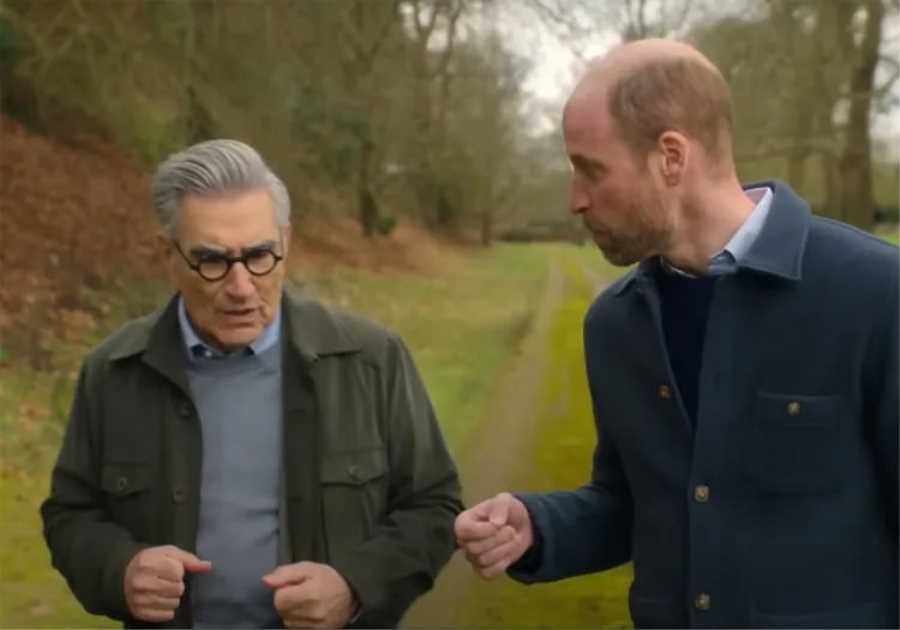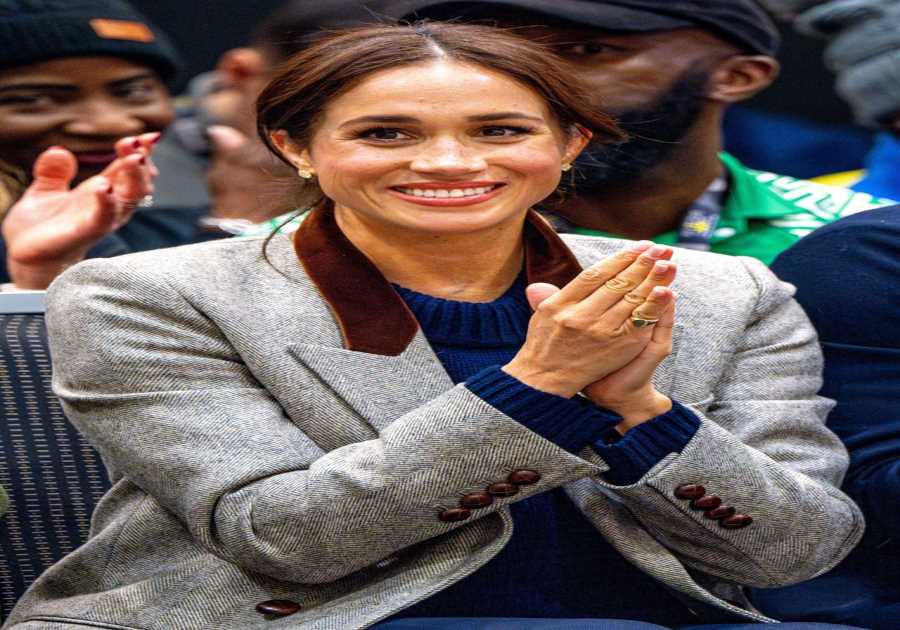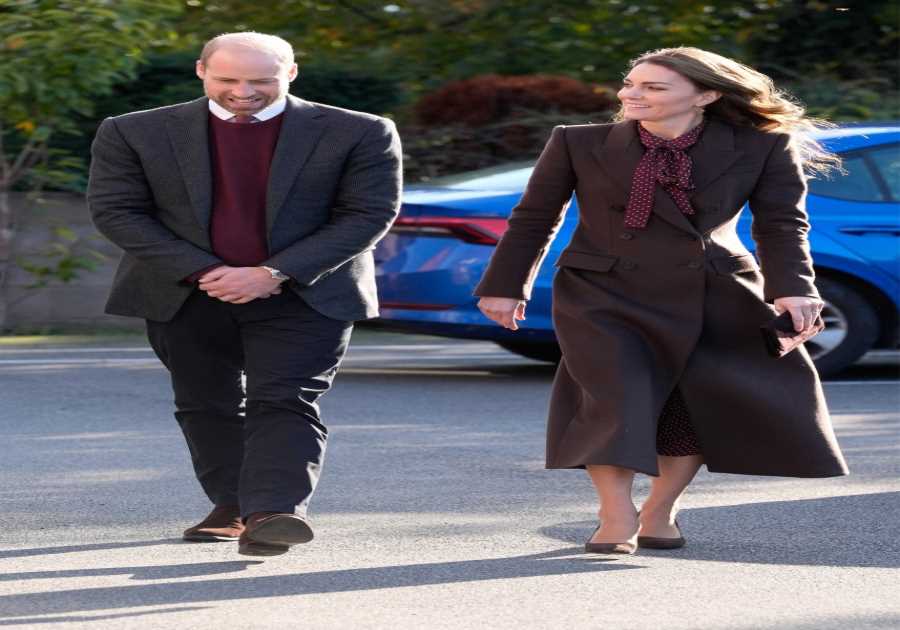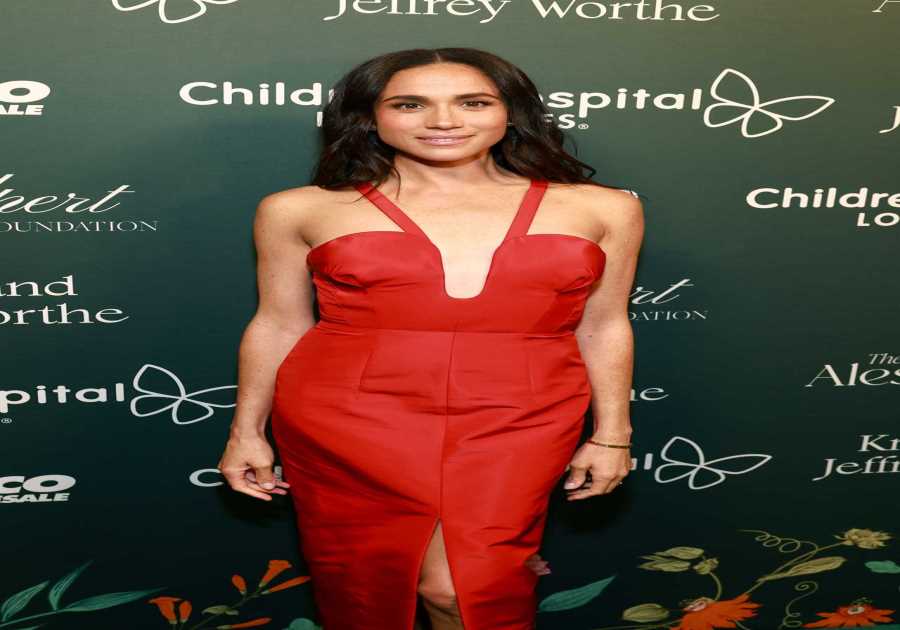BRIDGERTON actress Kathryn Drysdale has opened up on the casting backlash surrounding the Regency-era drama – with some misguided viewers believing Black people simply “didn’t exist” in that era.
The Netflix star, who plays Genevieve Delacroix, spoke out on show boss Shonda Rhimes’ dedication to a diverse cast.
- The best series on Netflix
- The best movies on Netflix
- New on Netflix: What to watch this week
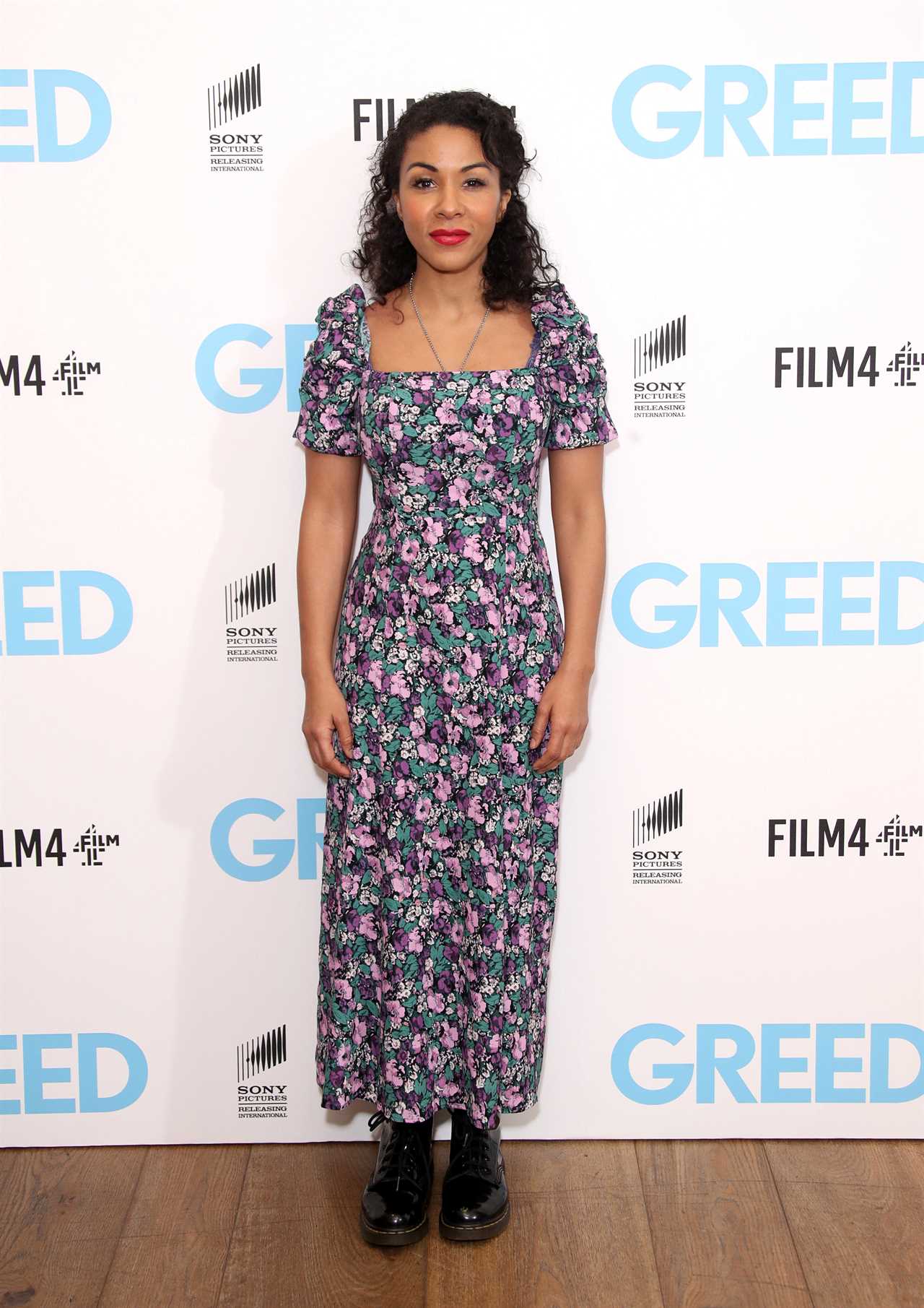
The record-breaking show features a racially diverse group of actors and imagines a period in the 19th Century as one of equality – no matter someone’s skin tone.
The Bridgerton cast, including Regé-Jean Page as Simon Basset, Duke of Hastings and Adjoa Andoh as Lady Danbury, was recruited with the help of a specific “inclusion lens”, according to Greys Anatomy producer Shonda.
Yet the decision has sparked controversy from some quarters, with some complaining it represented historical inaccuracy.
In her response Kathryn, 39, told Digital Spy: “I had a comment from someone saying, ‘Why have they put these people in this drama?’
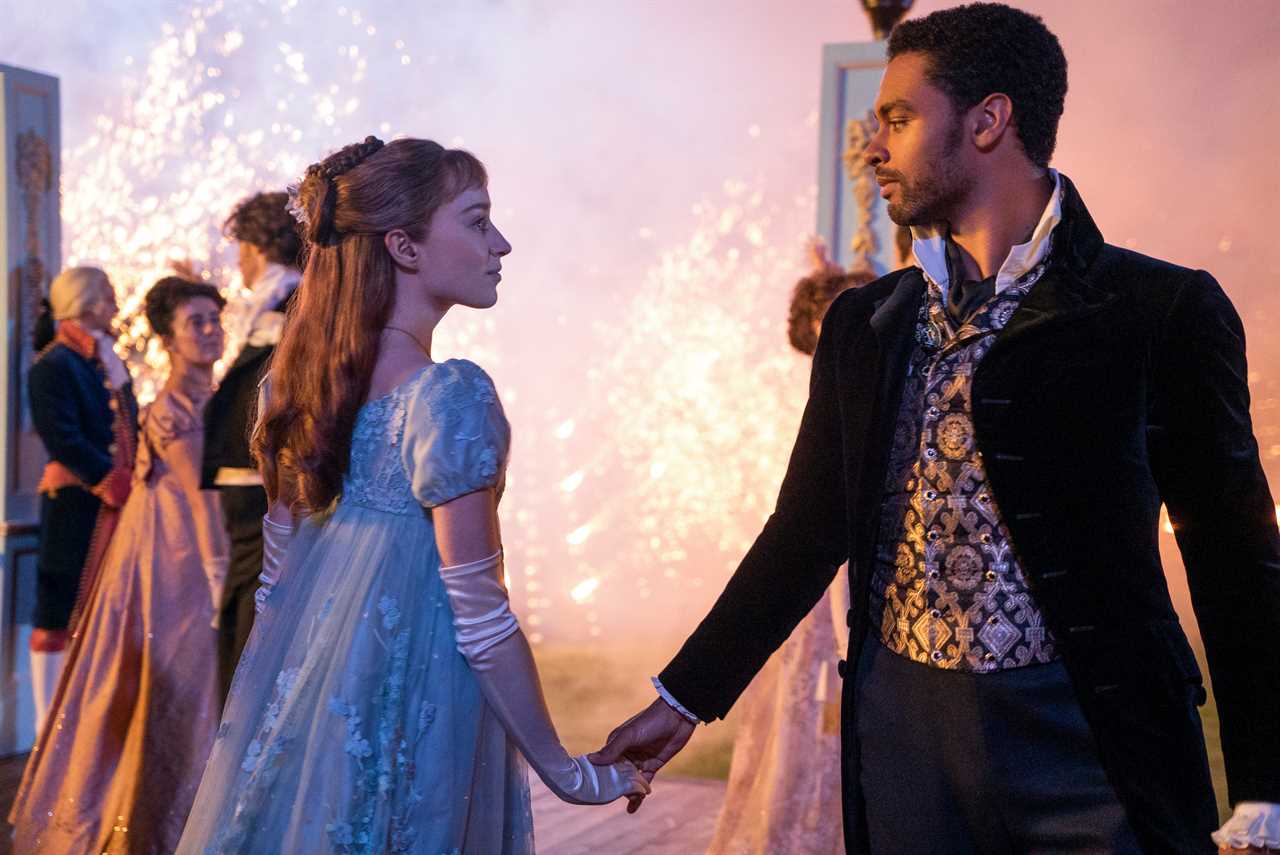
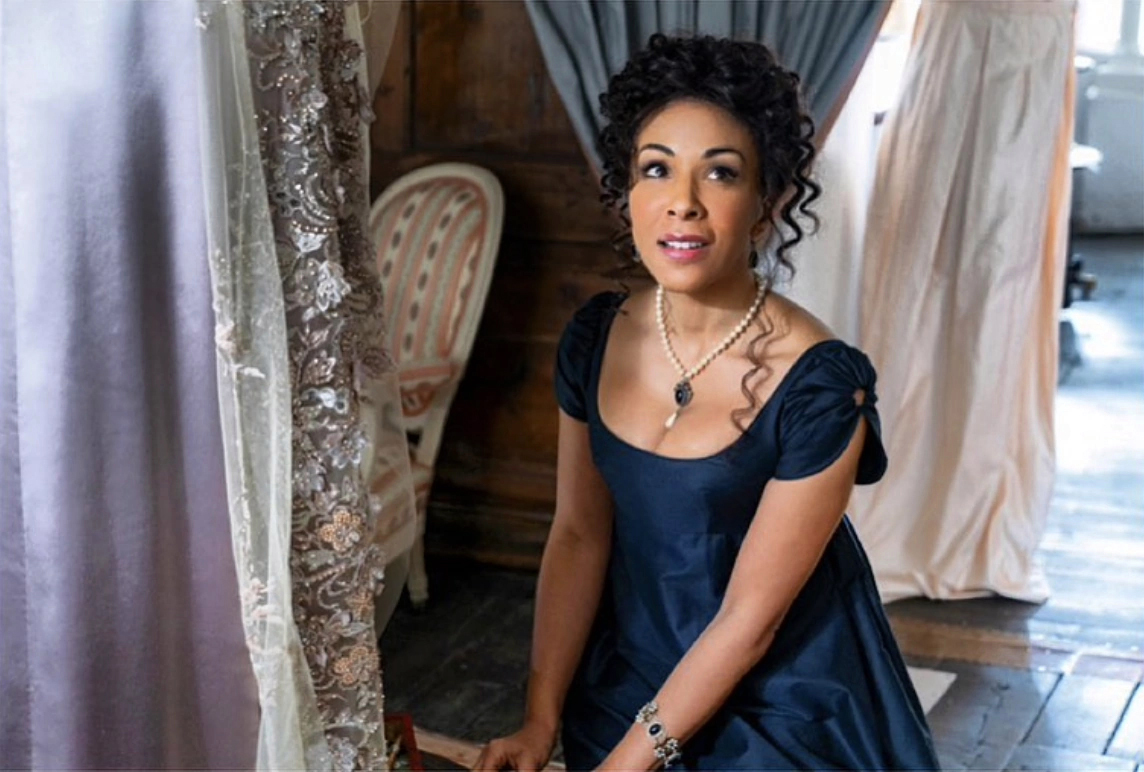
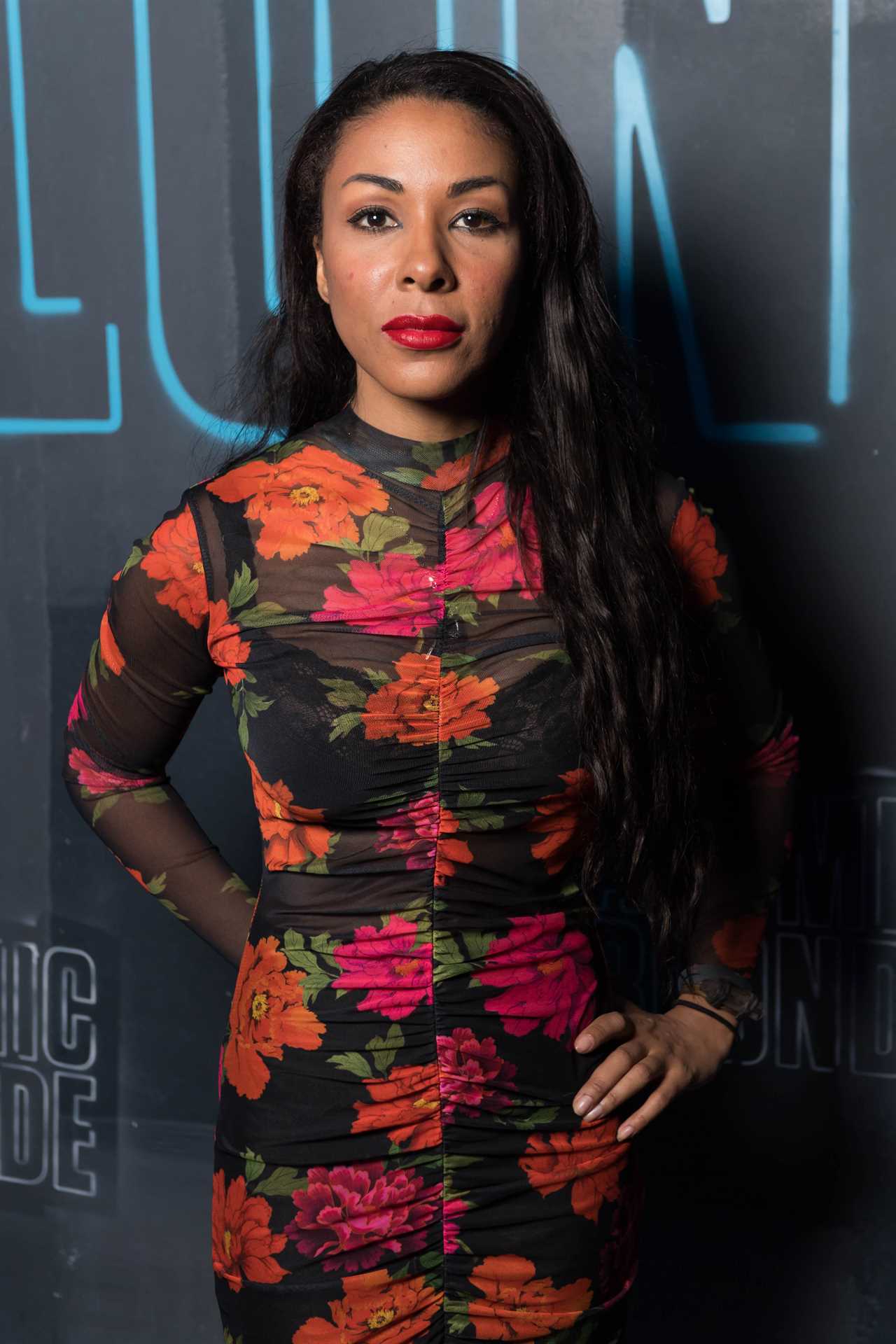
“He just really didn’t believe that Black people would have existed in England at that time.
“There’s been erasure of their presence. But their existence in these stories, and in history, has been very, very much a real thing.”
Wigan-born Kathryn, who also starred in the St Trinian’s movie, added to the website: “To be able to partake in these stories without having to just play long-suffering slaves or oppressed people, to actually participate in joy and celebration and escapism, to have been a part of that as a Black artist has really, really been just the stuff of dreams.”
Previously, American TV producer Shonda told the Guardian of the Netflix‘s series’ specific recruitment process.
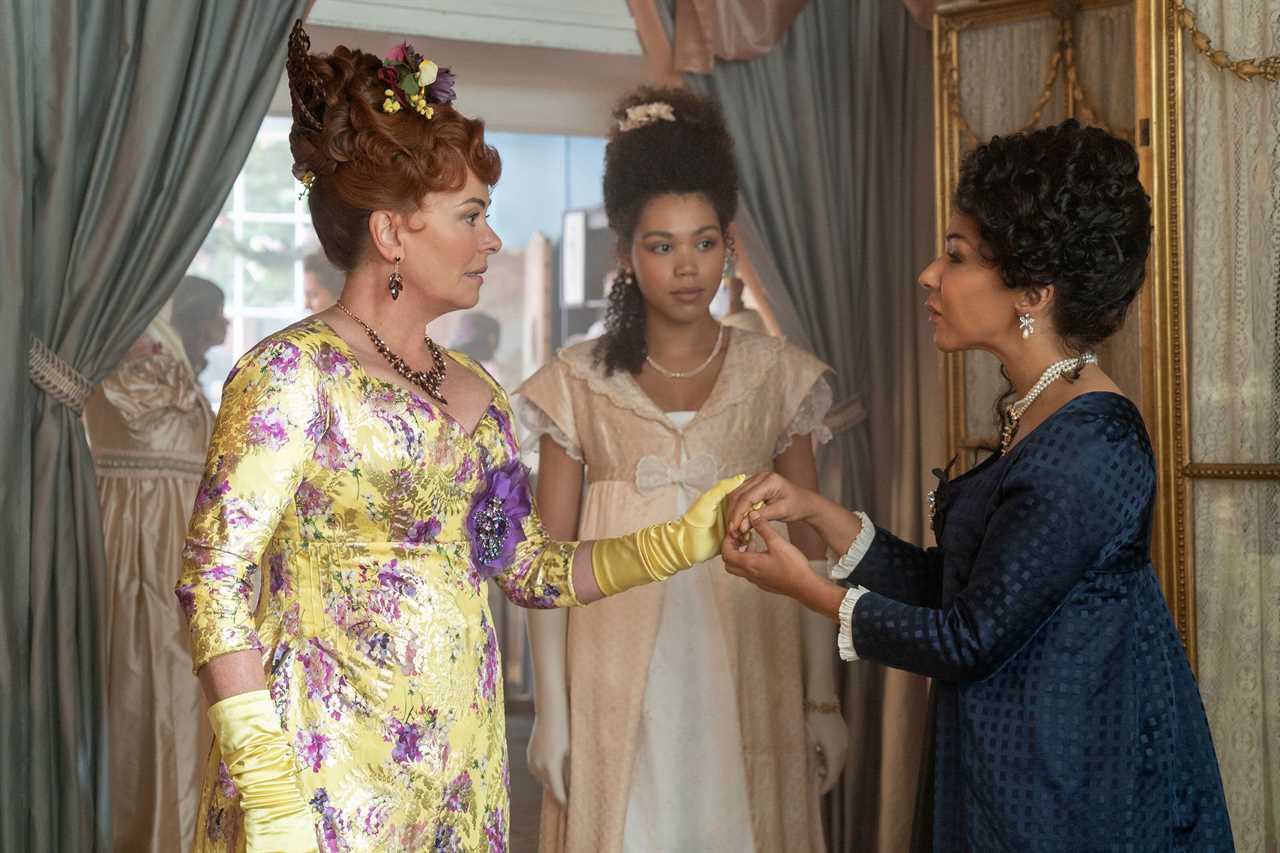
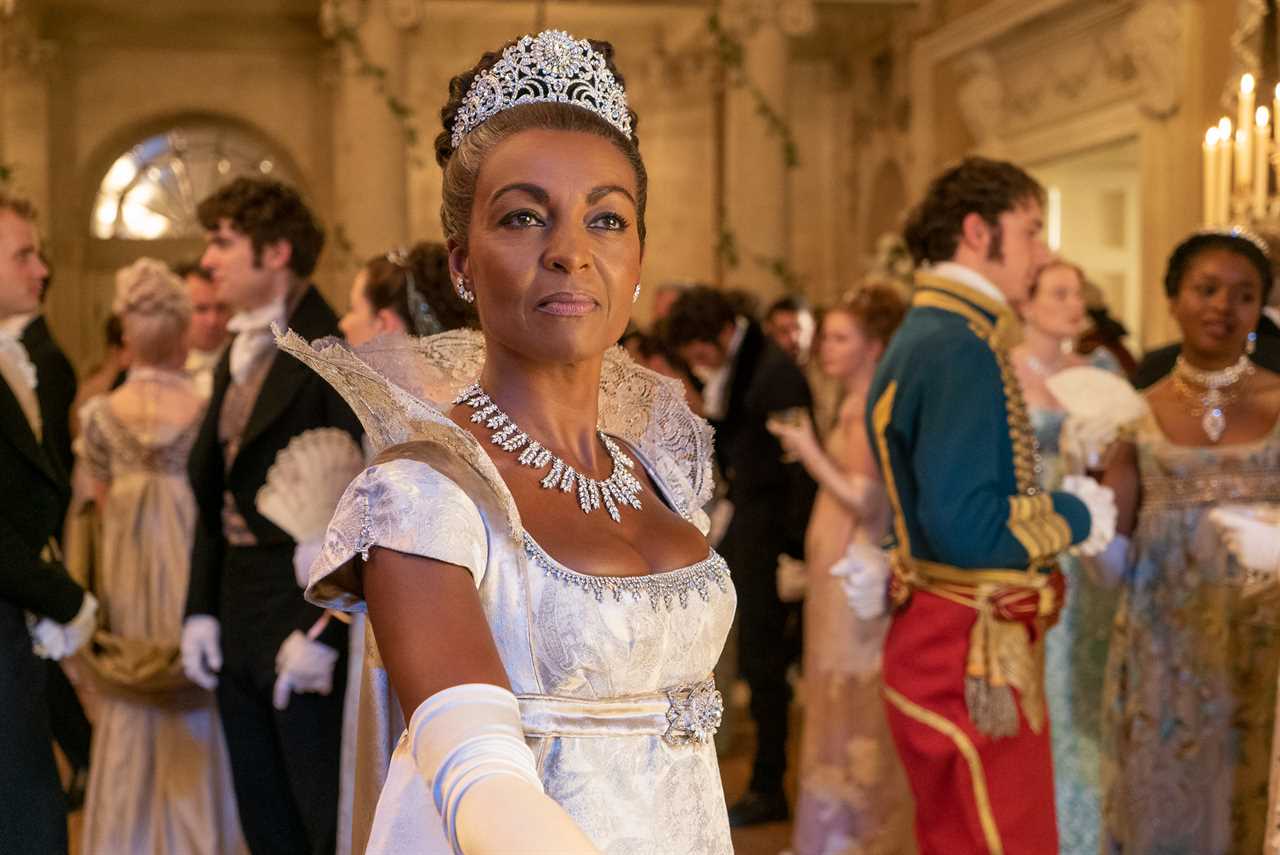
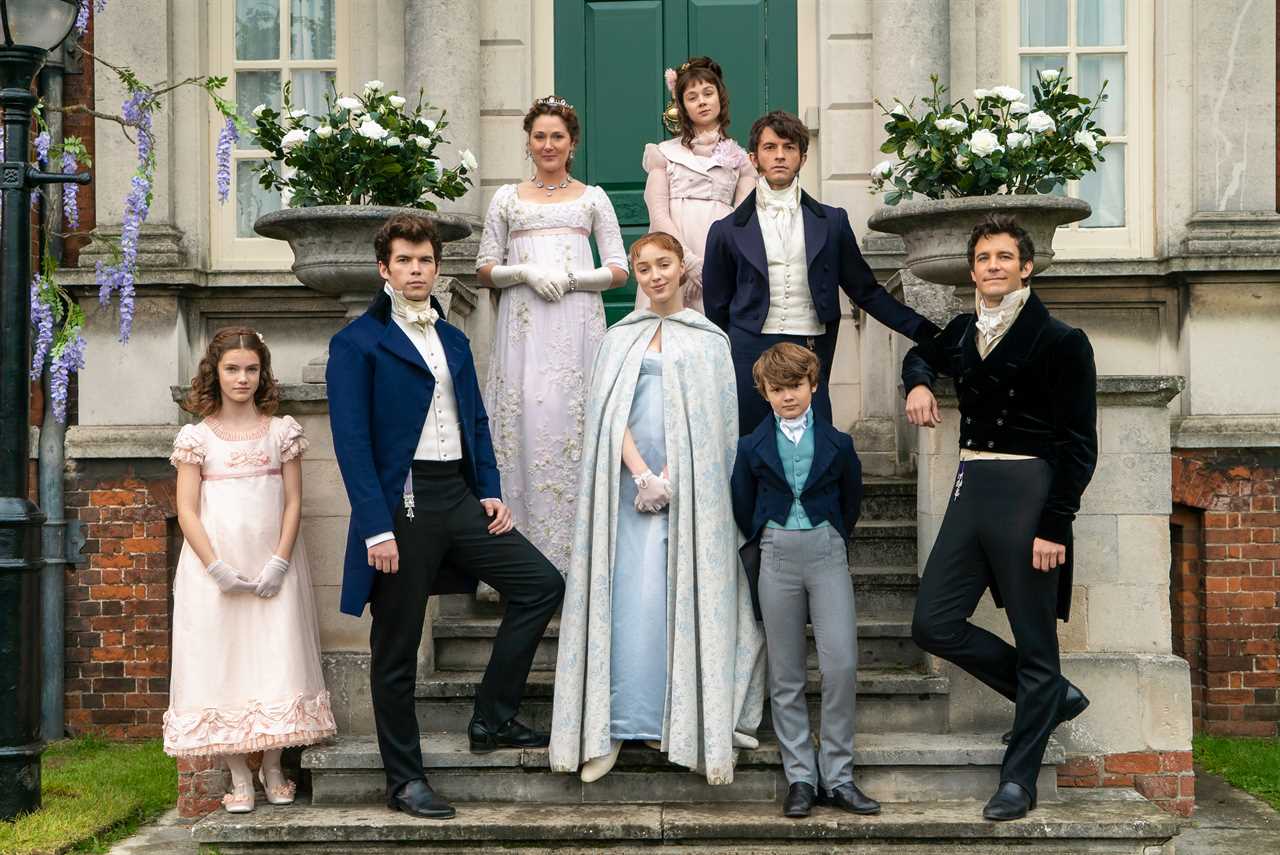
She said: “We’ve got to get folks in front of the camera and behind the camera.
“When that happens you’re going to get something you’ve never seen before. Bridgerton is something we have never seen before.’
“We help out all of our creative folks in content and marketing with what we call an inclusion lens, when they’re casting and when they’re green lighting: see who’s there, see who isn’t.’
“We had a special person to think about recruitment, specifically for underrepresented groups, and we started with people of colour, and we really emphasised black.”

